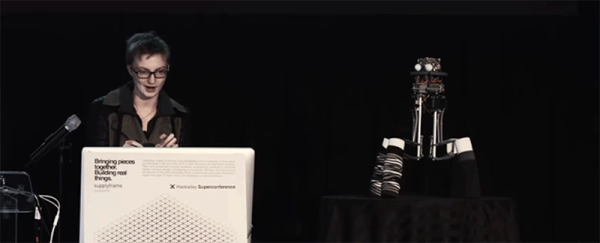About eight years before the Xerox built the Alto at PARC and over a decade before the Apple ][ premiered, Italian business equipment manufacturer Olivetti produced a bona fide desktop personal computer. When Olivetti debuted this typewriter-sized marvel in 1965 at a business convention in New York City, people were in absolute awe that this tiny, self-contained unit could perform the same types of functions as the hulking room-sized mainframes of the time. Some were sure that it was simply a small input device for a much bigger machine hiding behind the curtain.
But the revolutionary Olivetti Programma 101 was no joke. It performed standard four-banger operations and could handle square root and absolute value calculations. The Olivetti had 16 jump instructions as well as 16 conditional jump instructions, which put it firmly in state machine territory. Programs could be printed on a roll of paper or stored long-term on long magnetic cards.
Continue reading “Retrotechtacular: A Desktop Computer From 1965”

















